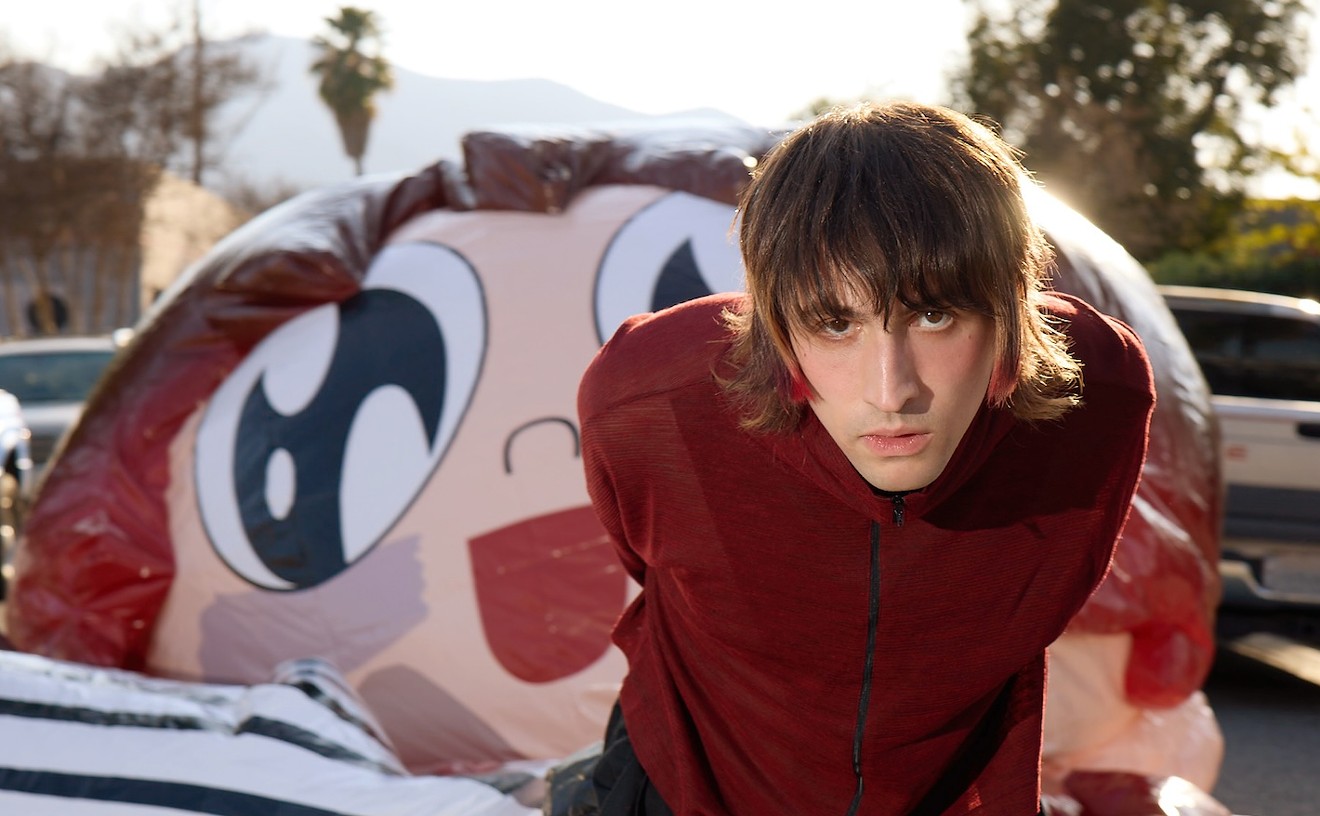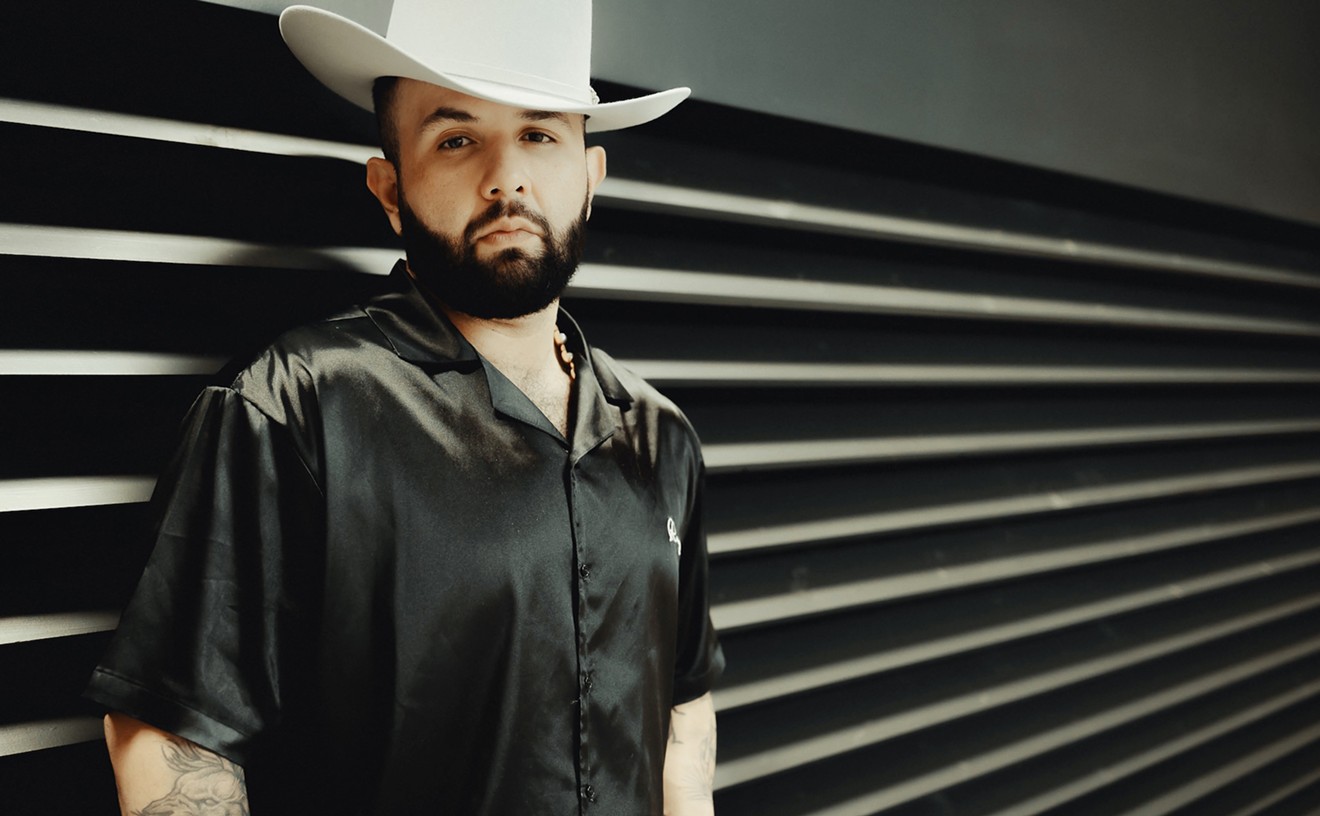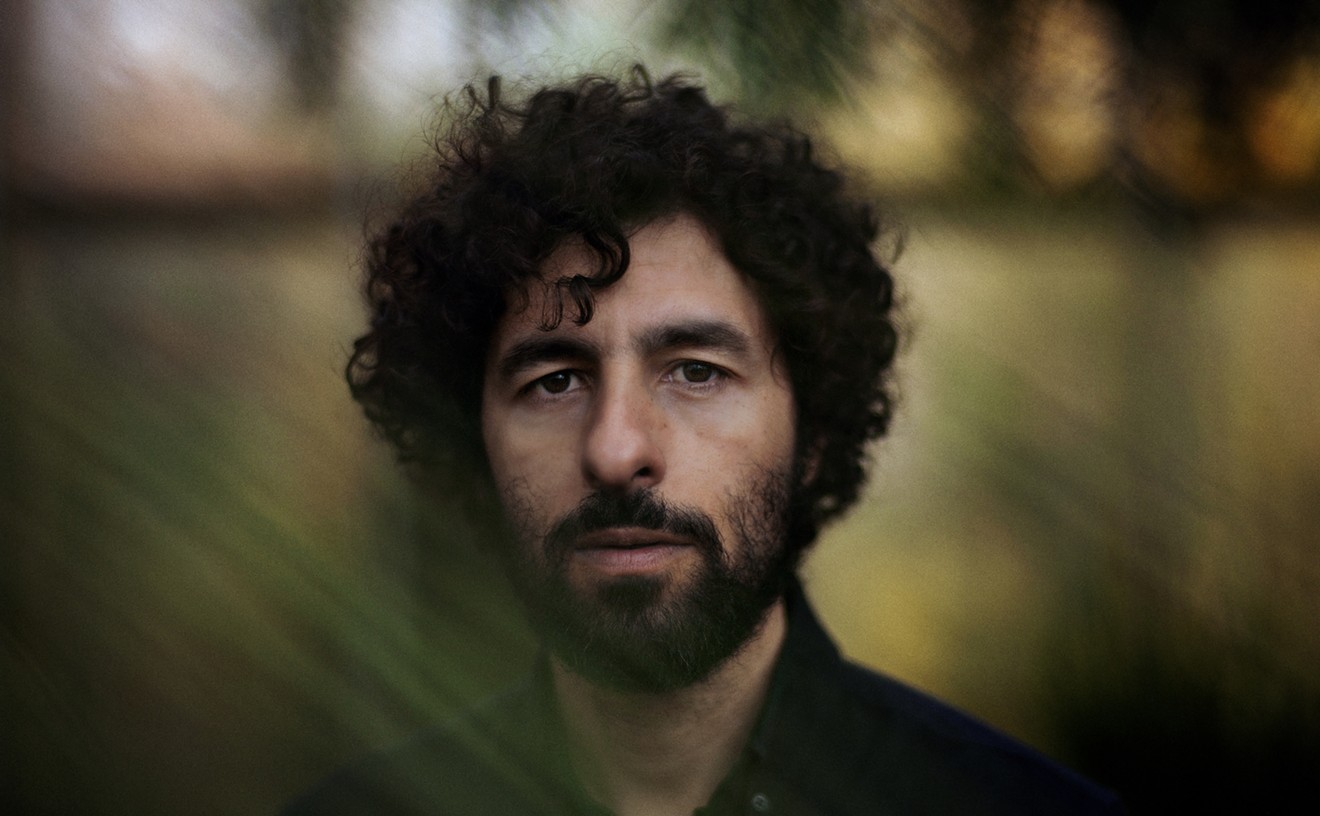People make room for one another on chairs, cushions, steps, or the floor of Sebon's small living room. Boulou, Kazak's other founder and leading force, plays the congas and leads the singing with eyes closed. The three female singer/dancers join in with a close-knit, chanted harmony, swaying as they sing. Bolou's baby girl crawls around, grabbing rattles and clutching knees, and players pause to give her a friendly pat or invite her to beat on a drum. Friends drop by to shoot pool, join in, or just listen. Music flows like a percolating stream of rhythmic patterns, with a multitide of overlapping sounds. It's a warm, relaxed, but ultimately serious scene.
Serious because Kazak is a group with a mission. They seek to help others understand what they feel is real Haitian culture, with its deep African roots, and its numerous problems. Begun by Boulou and Sebon at the end of 1985, Kazak was originally a poetry and dance ensemble. Boulou had studied African and Haitian folkloric dance in Haiti and continued his work while on scholarship at Miami-Dade Community College's Wolfson campus. Sebon was a graphic and visual artist and poet who was involved in theater - and political activism - in Haiti. (His father had to get him a quick visa out of the country when Sebon's friends started being killed off for their political activities.)
Kazak added rara music to their mix because, Sebon says, "to get Haitian people to listen, you have to play a form of music they understand." Although they didn't start out as musicians, the members created sounds that have evolved into a rich mix of interlocking drumbeats, multiple percussive colorings, and close vocal harmonies delivered in liquid-sounding Creole.
The word rara has overlapping meanings. A specific rhythm, one of many played for certain deities or celebrations, it also is the term for a style of music related to voodoo. And rara is a storytelling type of poetry, in which the sanbas, or composers, collect the right- and wrongdoings of both local and national figures throughout the year, then put them to music for the rara street festival, which takes place in March. Anyone from a local hypocrite to Baby Doc Duvalier could be the subject of a rara song, with names sometimes changed to protect their composers from retaliation. The audience tends to know who the real subjects are - that "Idofan" ("Retarded") stands for Baby Doc - and often responds by yelling out the names during the song. In a culture where the majority of the population is illiterate, storytelling, poetry, and songs become the populist form of communicating news. "We got the real story about past presidents and situations from the peasant's mouth, not in school," says Sebon.
Naturally, a music that is intrinsically African, voodoo, peasant, and political hasn't been popular with the Haitian upper and middle classes, who prefer the safer, simpler rhythms of compas (a Haitian big-band dance music that mixes a slower, merengue-type beat with African pop-style guitar, Western drumming, and electronic keyboards). "Rara is really us, is really ours," Sebon says. "Poetry is a weapon. That's why poets are killed and arrested. Poetry is spitting in the face of power." Recently rara has become stronger in Haiti, mostly due to the group Boukman Eksperyans, which has mixed political protest and powerful drumming to tremendous popular response.
Kazak's goals are not commercial. Everyone in the group holds a day job. Boulou teaches dance. Sebon works as a graphic artist. Others work in a health clinic or with computers, teach music, perform social work, drive taxicabs. They rehearse at night and on weekends. Personnel changes as interests and lives change, and the number in any one performance can range from ten to sixteen. While most members are Haitian, Kazak is happy to work with people who share their commitment to change - and good music. A recent addition is drummer Doug Floyd, who's worked with Tom Toyama and studied in Africa. Drummer Daniel Diaz (who's played with the likes of Dizzy Gillespie and Harry Belafonte) has been in the group for more than a year.
The fact that they aren't targeting commercial recognition has kept Kazak's career trajectory more than a little on the slow and steady route. Their first public performance was at the Dechoukaj Festival at Churchill's Hideaway in 1988. They've played several times at MDCC's Wolfson and north campuses, for the Caribe Musicale Festival at Bayfront Park, at the Cameo Theatre, and for various events at the Caleb Community Center and the Caribbean Marketplace. They were recently featured on National Public Radio's Afropop Worldwide show, and film director Jonathan Demme (who, besides his mainstream work, produced the documentary Haiti Dreams of Democracy and a collection of Haitian music) has been showing interest. In November Kazak jammed with Cuban percussion masters Ilu at JJ's on South Miami Avenue. They're in concert this week at Studio One 83. And on January 18 they'll be playing with Ilu and others at the University of Miami for an international conference called "Music and Black Ethnicity in the Caribbean and South America."
This past summer Boulou and Sebon spent time in Haiti with a lakou called Soukrie Danache, a tight community that traces its roots to the Haitian revolt against the French in 1804. The two Miamians learned new rhythms, new things about their culture and history, which they've already incorporated into their music. Returning to Haiti isn't possible now. Neither would dare perform rara in the streets of that nation at this time. Still, Kazak dreams of returning and performing there. As a friend said to Sebon, "I will know Haiti has changed when I can write poetry on the walls.










